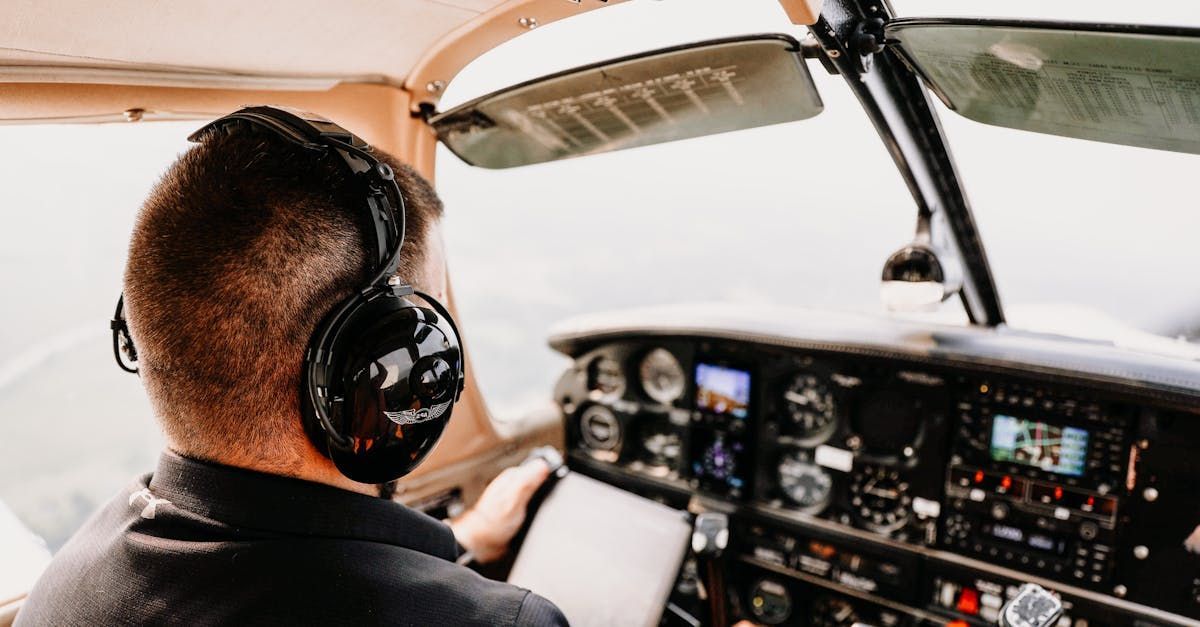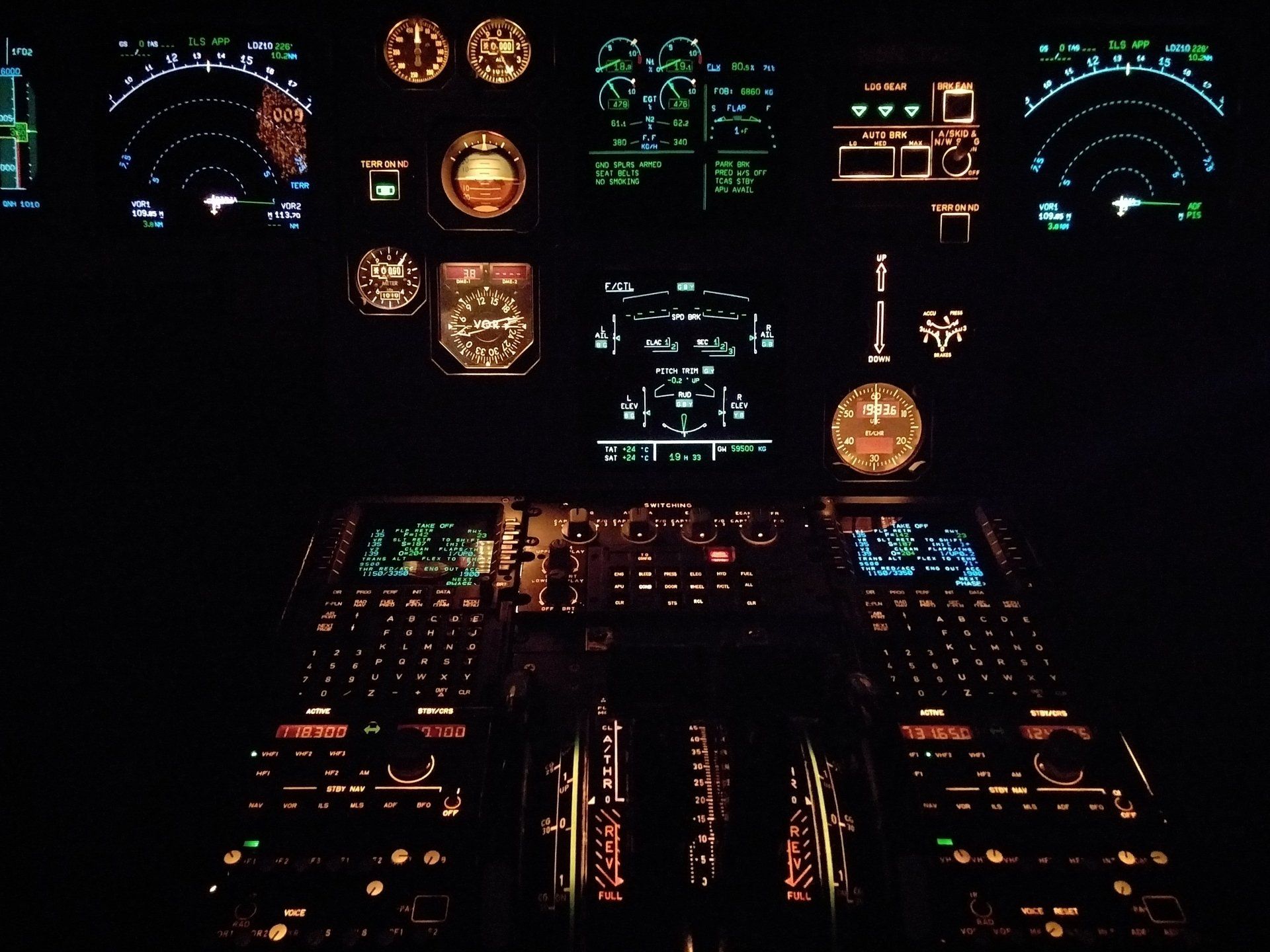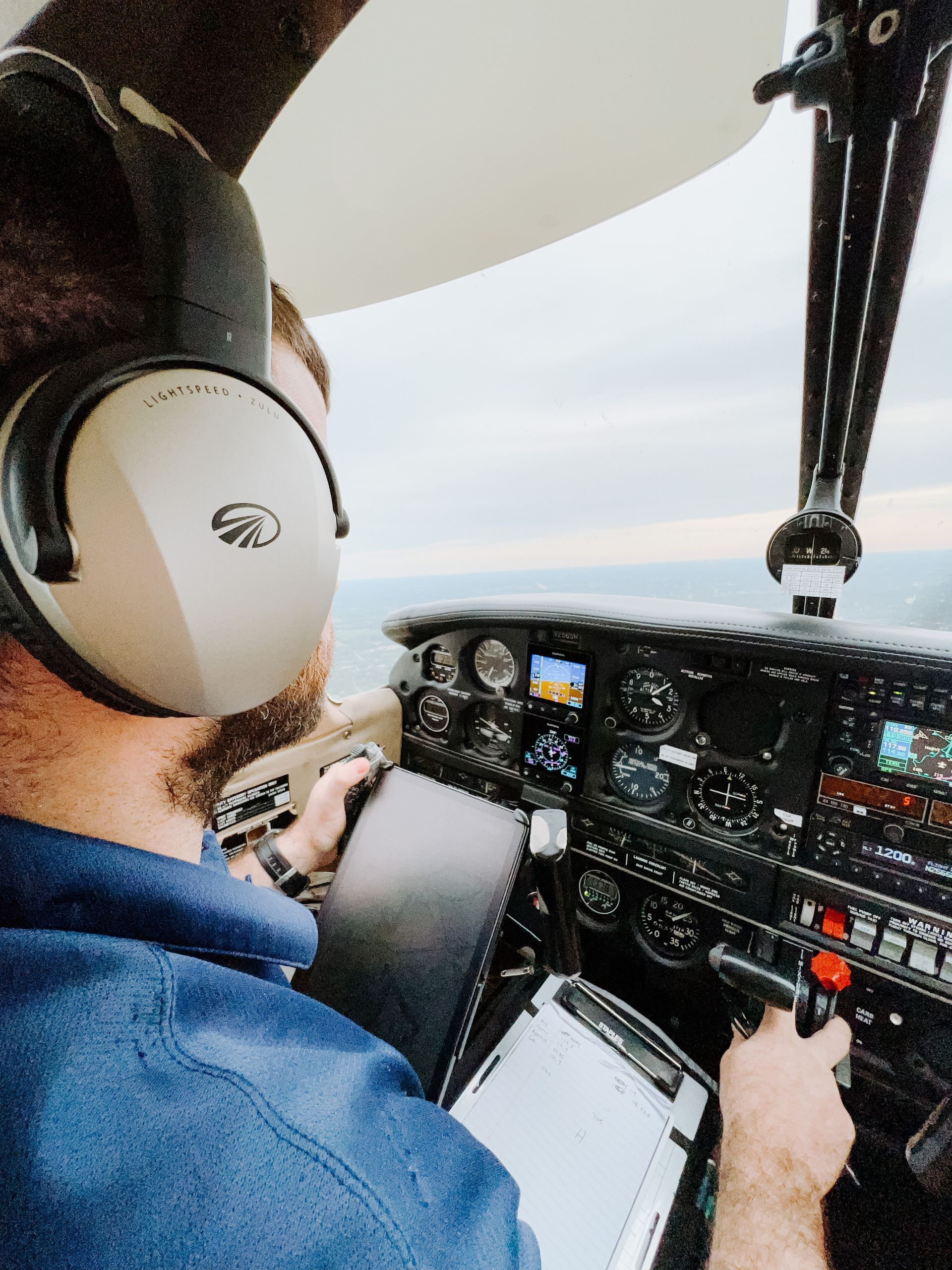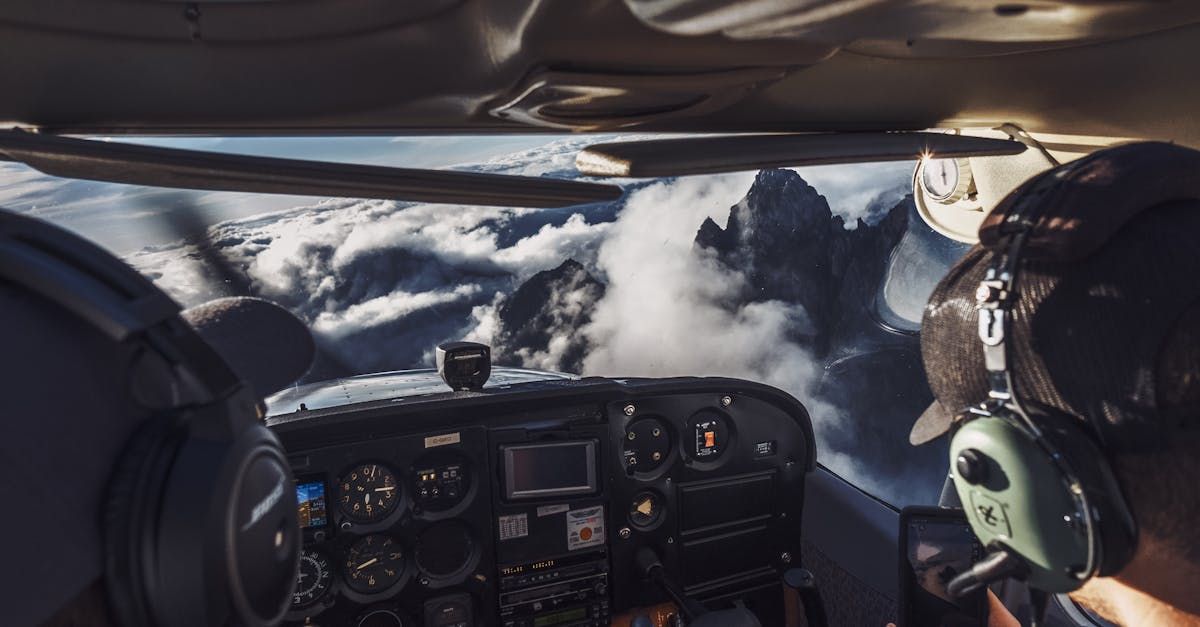Does the location of your flight school matter?
Location-specific factors you need to consider

The location of a flight school can significantly impact both the cost and learning experience:
1. Airspace complexity: Schools in busier airspaces provide valuable experience with air traffic control communications and operations in congested areas. This can enhance your skills but may also increase costs due to more time spent on the ground or in holding patterns.
2. Weather conditions: Locations with more consistent weather allow for more reliable scheduling and potentially faster progress. Areas prone to frequent bad weather can lead to cancellations and slower training progress.
3. Airport fees: Larger, busier airports often have higher landing and parking fees, which can increase overall costs. Smaller regional airports may have lower fees but might offer fewer amenities.
4. Fuel prices: Fuel costs can vary significantly between locations, affecting the hourly rate for aircraft rental.
5. Instructor availability: Urban areas may have a larger pool of instructors, potentially offering more flexible scheduling.
6. Diverse flight environments: Schools near varied terrain (mountains, coastlines) can offer more diverse training experiences, which can be beneficial.
7. Ground school facilities: Urban locations might have better-equipped classroom facilities for ground instruction.
8. Competition: Areas with multiple flight schools may have more competitive pricing, potentially lowering costs for students.
When choosing a flight school, consider how these location-specific factors align with your learning goals, budget, and schedule flexibility.










